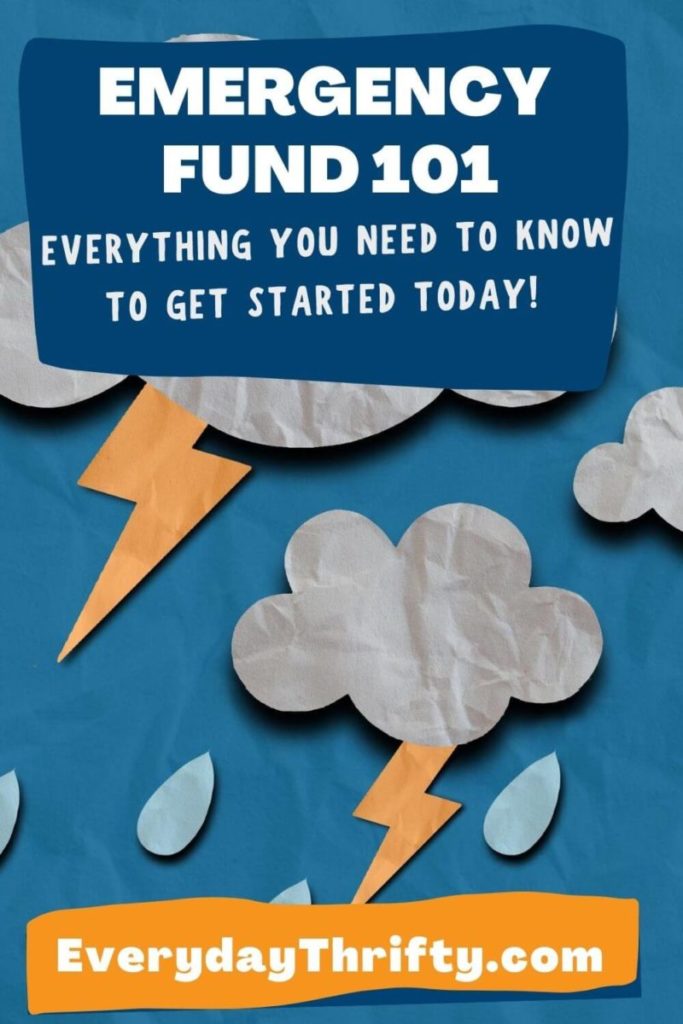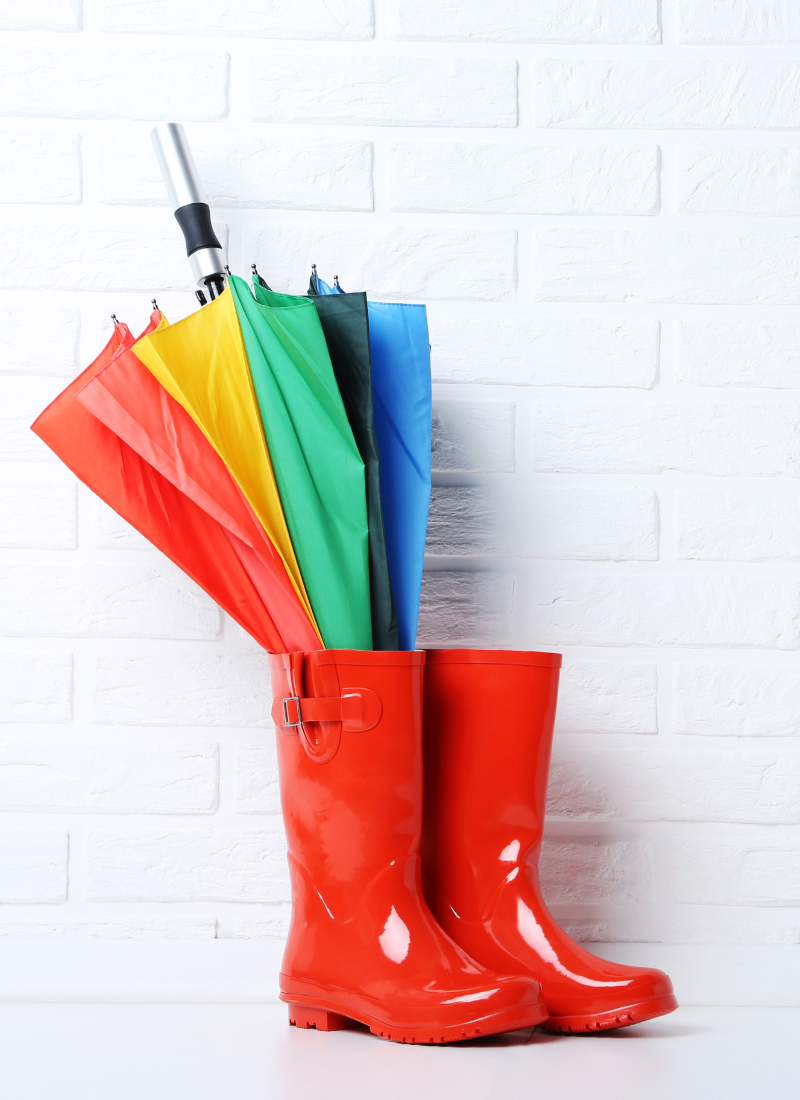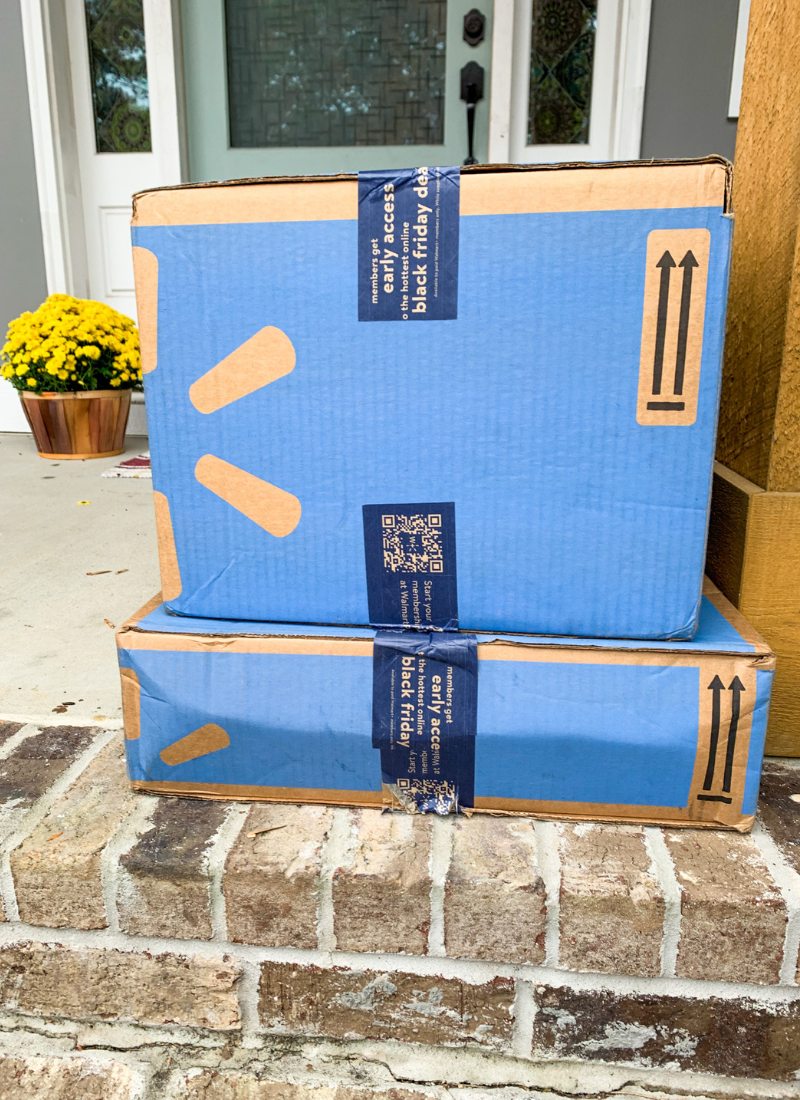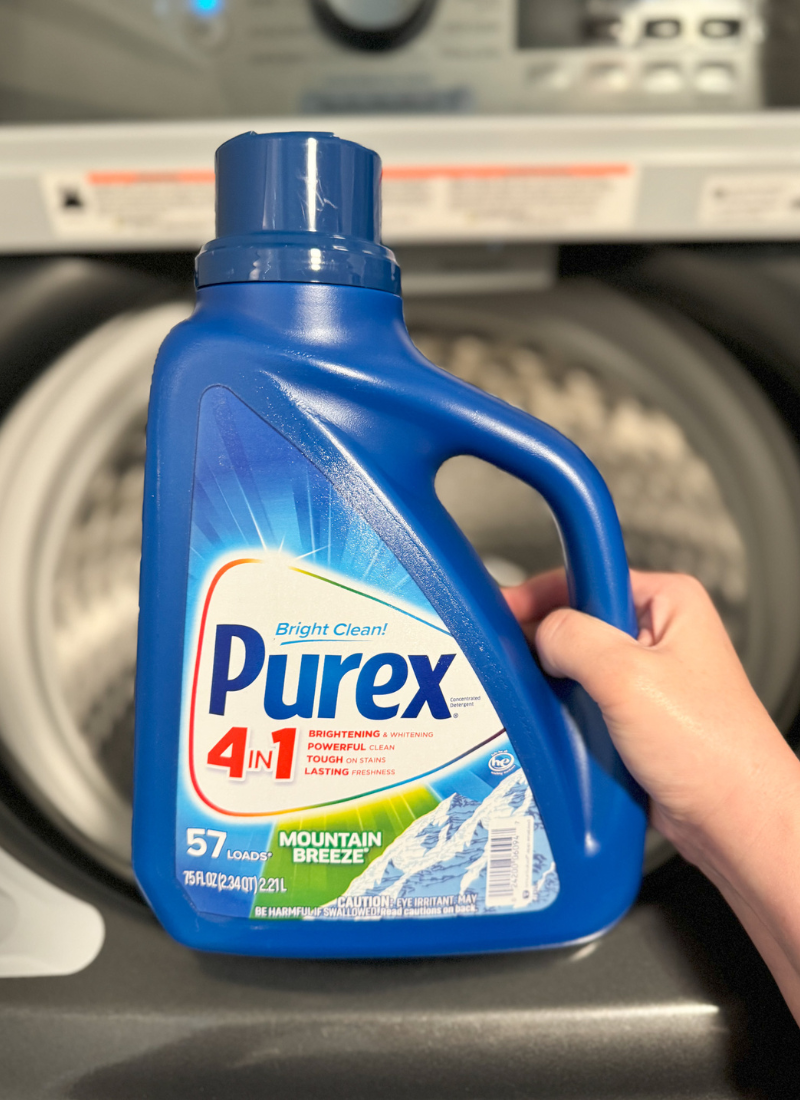Most people are familiar with the term “emergency fund.” But what is it exactly?
Simply put, it’s money that you set aside to pay for…you guessed it, an emergency! It may not be rocket science, but it is a practical way to keep your financial goals on track.
In fact, keeping your financial goals on track by having money saved for unexpected expenses is the entire purpose of the emergency fund. It’s not an investment, and it’s not a nest egg for retirement.
Instead, it’s a pool of money that protects you from overextending your credit and ruining your money goals when life happens. Roofs leak, kids get sick, and people get laid off from their jobs.
Setting up an emergency fund helps you to weather the storms of life, especially when you’re in the early stages of paying off debt and becoming financially free.
Let’s dive into the details for your crash course on the first step of financial freedom: the emergency fund! By the end of this article, you’ll be armed with all the information you need to set up your own.
This post may contain affiliate links which means that I may receive compensation at no extra cost to you if you make a purchase from a link found on my site. Please review my privacy policy for further details. As an Amazon Associate, I earn from qualifying purchases. Thank you for your support in allowing this site to continue!

Emergency Fund 101: How to Get Started STAT!
What is an emergency fund used for?
An emergency fund is used for unexpected expenses. We all do our best to plan. We plan our meals, our vacations, and our workdays. But there are some things that we can’t predict: emergencies!
We’ve all had the experience of walking out to the car to leave for work, and the car doesn’t start. What do you do? If you have an emergency fund, you take the money you need out of the fund and pay for the necessary repairs.
If you don’t have one and can’t easily come up with the needed cash, then most of the time you’re forced to fall back on credit cards or not pay other bills, running the risk of racking up late charges. Interest and late fees are like weeds. Once they pop up, they really start to add up and take over.
An emergency fund is your insurance against those unforeseen expenses like car repairs and unplanned medical bills. You dip into your emergency fund to take care of unplanned bills instead of relying on credit or possibly failing to pay another important bill that month.
How much should you set aside for emergencies?
You should set aside 3-6 months of household expenses for an emergency fund. Many people hear that $1,000 is enough for an emergency fund. And that’s a great starting point! But realistically, $1,000 is not enough.
To calculate how much your 3-6 month expense fund should be, you’ll need to know your average monthly expenses. Go back over your bank statements for the past 6 months or so, and see how much you usually spend during a typical month.
How do I raise money for my emergency fund?
Cut your expenses and set aside any extra earned money to set up your emergency fund.
There’s no magic here. You fill that emergency fund with your own money. If things are tight, there are only 2 solutions to finding the extra cash: make more money, and spend less money.
Easier said than done of course. Raising your income is often harder than cutting expenses, so we suggest starting with reducing your expenses first. If you’re in need of some tips, tricks, and hacks to slash your bills, check out the following posts:
How to Waste Money Without Even Knowing It
8 Money Saving Tricks for When Money is Tight!
How to Save Money on Groceries: the ULTIMATE Guide!
Most Effective Ways to Save Money on a Low Income
Where should I put my emergency fund?
We suggest keeping your emergency fund in a separate savings account that you can access easily.
We don’t recommend keeping it in the same place as your general fund. This is because you run the risk of spending the dollars you set aside for emergencies.
And since this fund isn’t an investment, it shouldn’t be put away in a Roth IRA or other retirement account. The best place for it is a plain old savings account. It keeps the money safe and makes it accessible without being too accessible.
I used my emergency fund, now what?
Simple answer: refill the fund! Think of it as a bucket. It needs to remain full.
So, when you dip into it for a repair or unplanned medical expense, you need to fill it back up. When you’ve reduced or depleted your emergency fund, add that category back into your monthly budget.
Thrifty Tip: To refill your emergency fund, review your monthly expenses, and see if there are any services you can cut. For example, if you’re paying $20/mo for video streaming, cut that service, and move the money into your emergency fund.
What happens if I have too much money in my emergency fund?
If you’ve overfunded your emergency fund, then let me congratulate you! Having more money than you need is a good problem to have. But what to do with the surplus?
The best thing to do would be to review your financial goals and see how that extra money can help. If could be used to beef up your retirement savings, invest, or pay off debt.
Since the name of the game is to protect you and your family from unplanned financial issues that could arise, you might also want to invest the excess in tangible goods for an emergency.
We’re not saying you have to become a “Doomsday prepper” but having additional canned foods, dry goods like pasta, batteries, flashlights, and bottled water on hand is a great way to use extra emergency money to protect against unexpected events like a snowstorm, hurricane, or another pandemic.
How often should I review my emergency fund?
It’s important to review your financial health status when you’re about to embark on a life change with your housing, career, or family. No recent changes? We still recommend reviewing at least once per year.
Not only does life happen, but things change. When your life changes, that may mean that your monthly expenses change too. Because of that, it’s important to review your expenses.
Figure out how much you spend every month on average, and make sure that you still have enough cash on hand to cover at least 3 – 6 months’ worth of expenses.
That’s it! That’s our crash course in emergency funds. We hope you learned something, and more importantly that you were inspired to start your own. Life happens. When it does, be prepared!
So what are you waiting for? Audit your monthly expenses, open a savings account, and start building that emergency fund today.





Leave a Reply